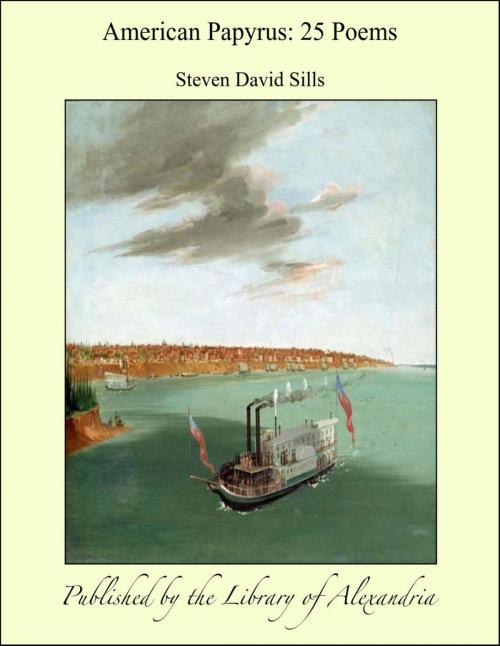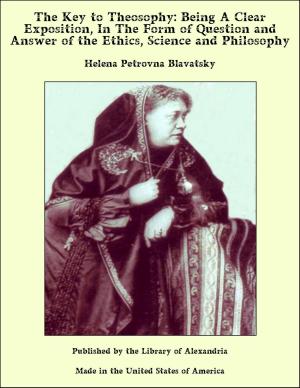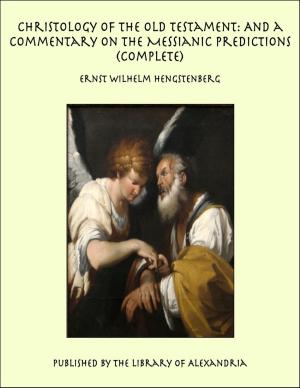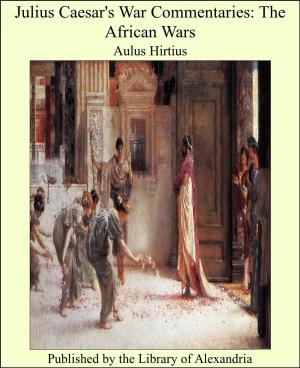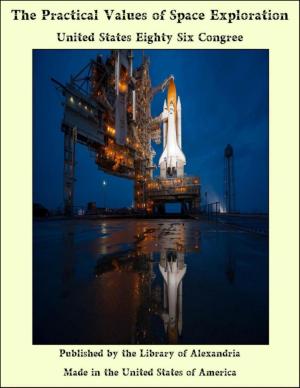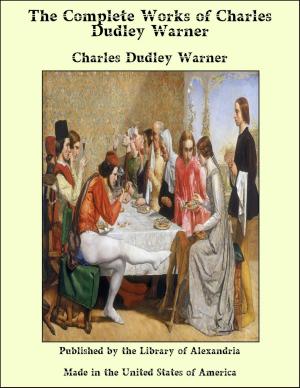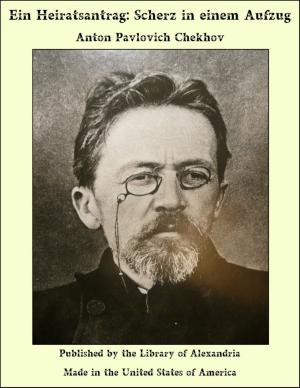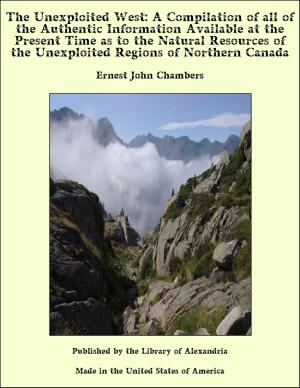American Papyrus: 25 Poems
Nonfiction, Religion & Spirituality, New Age, History, Fiction & Literature| Author: | Steven David Sills | ISBN: | 9781465571205 |
| Publisher: | Library of Alexandria | Publication: | July 29, 2009 |
| Imprint: | Library of Alexandria | Language: | English |
| Author: | Steven David Sills |
| ISBN: | 9781465571205 |
| Publisher: | Library of Alexandria |
| Publication: | July 29, 2009 |
| Imprint: | Library of Alexandria |
| Language: | English |
to the 1969 Edition In describing military operations through the Civil War the contributors have pointed out, more that in later chapters, the application (or violation) of the principles of war that are discussed in the introductory chapter. In the interest of getting on with the narrative, they necessarily omitted many other illustrations that will undoubtedly occur to the thoughtful reader. The century since the Civil War receives greater attention in this text than in its predecessor, both through chronological extension and by the inclusion of additional chapters on the post-Civil War period and World War I. Inevitably the story from World War II onward has a broader perspective than the record of the Army’s earlier experiences, since in recent decades the Army’s history has become increasingly intermingled with that of the other armed services and with that of the higher echelons of government directing the national defense. present work of an annotated general bibliography and detailed chapter bibliographies. Quotations have been used more generously than before, but it is hoped with sufficient identification in the text to justify the decision against documentation. The planning for this work and the preparation of its preliminary draft were carried out under the supervision of Dr. Matloff. The draft was then reviewed by a panel with the undersigned as chairman, and consisting otherwise, in addition to four other contributors, of Professor Stephen E. Ambrose of The Johns Hopkins University; Mr. Detmar Finke, Chief, Reference Branch, OCMH; Maj. James A. Garnett, Assistant Professor of Military Science at the University of Virginia; Mr. Ralph W. Hampton of the United States Continental Army Command; Dr. Leighton; and Col. Wolfred K. White, Chief, Histories Division, OCMH. Additionally, the Continental Army Command circulated a number of copies of the draft to the ROTC departments of representative colleges and universities. Both panel and outside review comments aided materially in the final revision of the volume for publication. The Editor in Chief, Mr. Friedman, worked continuously with the contributors throughout the period of preparation and supervised the final editing of the manuscript by staff members of OCMH’s Editorial Branch, including its Chief Mr. David Jaffe, and senior editor, Mrs. Loretto C. Stevens
to the 1969 Edition In describing military operations through the Civil War the contributors have pointed out, more that in later chapters, the application (or violation) of the principles of war that are discussed in the introductory chapter. In the interest of getting on with the narrative, they necessarily omitted many other illustrations that will undoubtedly occur to the thoughtful reader. The century since the Civil War receives greater attention in this text than in its predecessor, both through chronological extension and by the inclusion of additional chapters on the post-Civil War period and World War I. Inevitably the story from World War II onward has a broader perspective than the record of the Army’s earlier experiences, since in recent decades the Army’s history has become increasingly intermingled with that of the other armed services and with that of the higher echelons of government directing the national defense. present work of an annotated general bibliography and detailed chapter bibliographies. Quotations have been used more generously than before, but it is hoped with sufficient identification in the text to justify the decision against documentation. The planning for this work and the preparation of its preliminary draft were carried out under the supervision of Dr. Matloff. The draft was then reviewed by a panel with the undersigned as chairman, and consisting otherwise, in addition to four other contributors, of Professor Stephen E. Ambrose of The Johns Hopkins University; Mr. Detmar Finke, Chief, Reference Branch, OCMH; Maj. James A. Garnett, Assistant Professor of Military Science at the University of Virginia; Mr. Ralph W. Hampton of the United States Continental Army Command; Dr. Leighton; and Col. Wolfred K. White, Chief, Histories Division, OCMH. Additionally, the Continental Army Command circulated a number of copies of the draft to the ROTC departments of representative colleges and universities. Both panel and outside review comments aided materially in the final revision of the volume for publication. The Editor in Chief, Mr. Friedman, worked continuously with the contributors throughout the period of preparation and supervised the final editing of the manuscript by staff members of OCMH’s Editorial Branch, including its Chief Mr. David Jaffe, and senior editor, Mrs. Loretto C. Stevens
